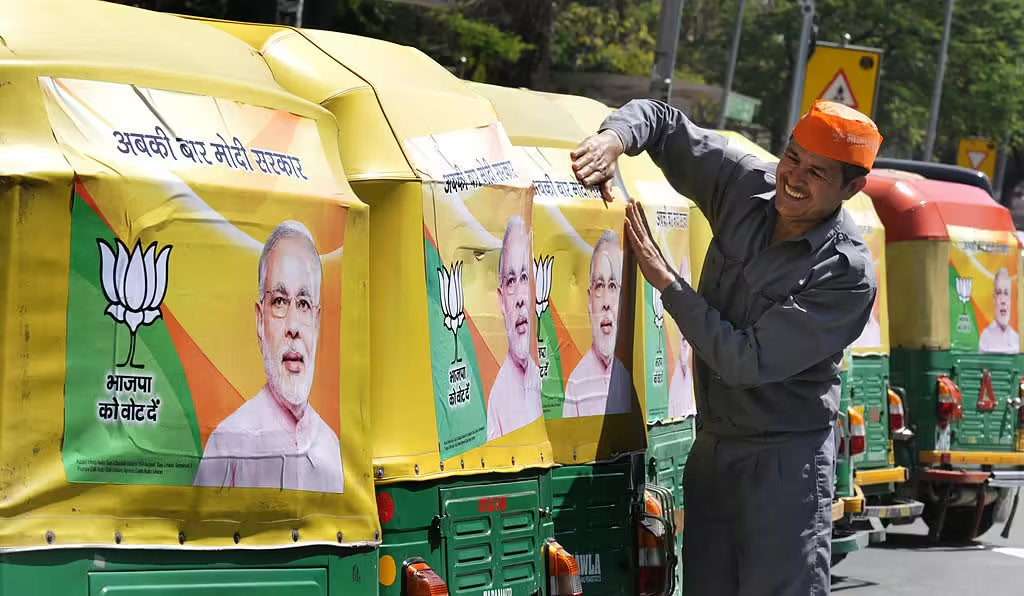
The 2014 Indian General Elections witnessed a seismic shift in the country’s political landscape, with the Bharatiya Janata Party (BJP) clinching a historic victory. This case study delves into BJP’s astute integration of marketing strategies, deeply rooted in an understanding of human psychology, which played a pivotal role in their electoral triumph. By delving into various marketing concepts, strategies, and their connection to human behavior, this analysis illustrates the intricate interplay between political marketing and the psyche of the electorate.

Conclusion: BJP’s triumph in the 2014 General Elections exemplifies the profound influence of human psychology on political marketing. By understanding the intricate workings of the human mind, BJP crafted a masterful marketing strategy that resonated with the deepest desires, fears, and aspirations of the electorate, propelling them to a resounding victory. This case study underscores the importance of integrating psychological insights into political marketing strategies, highlighting the transformative power of understanding human behavior in shaping electoral outcomes.
Akshat’s passion for marketing and dedication to helping others has been the driving force behind AkshatSinghBisht.com. Known for his insightful perspectives, practical advice, and unwavering commitment to his audience, Akshat is a trusted voice in the marketing community.
If you have any questions simply use the following contact details.